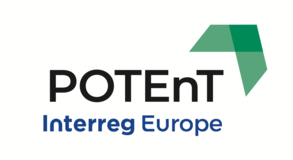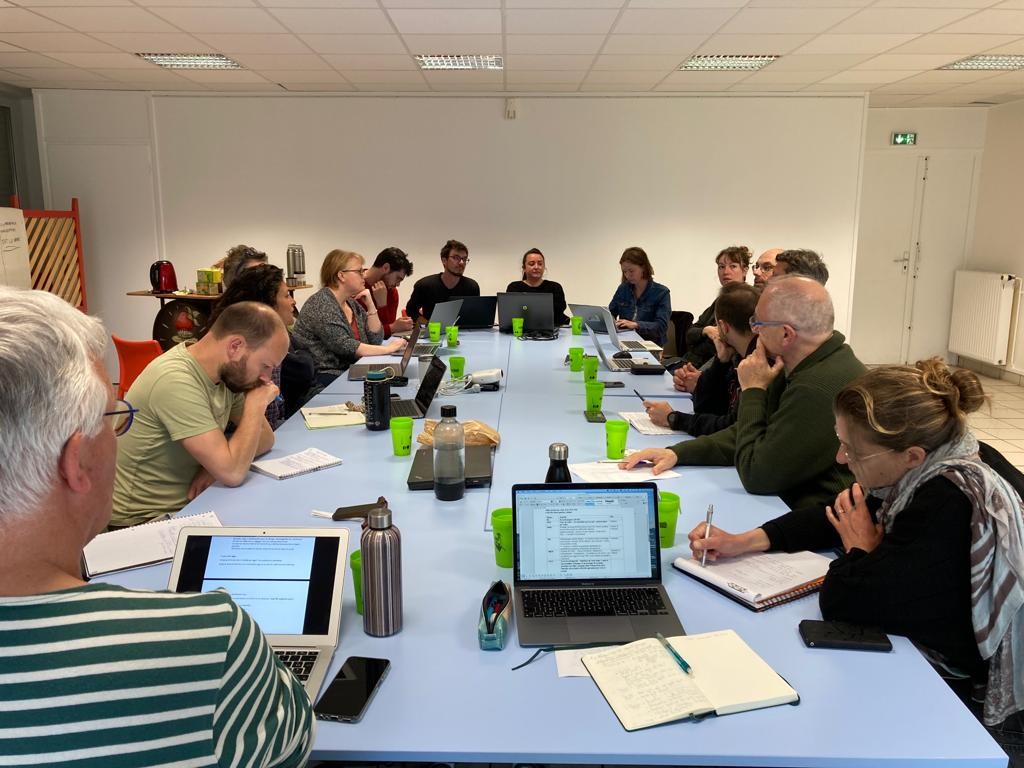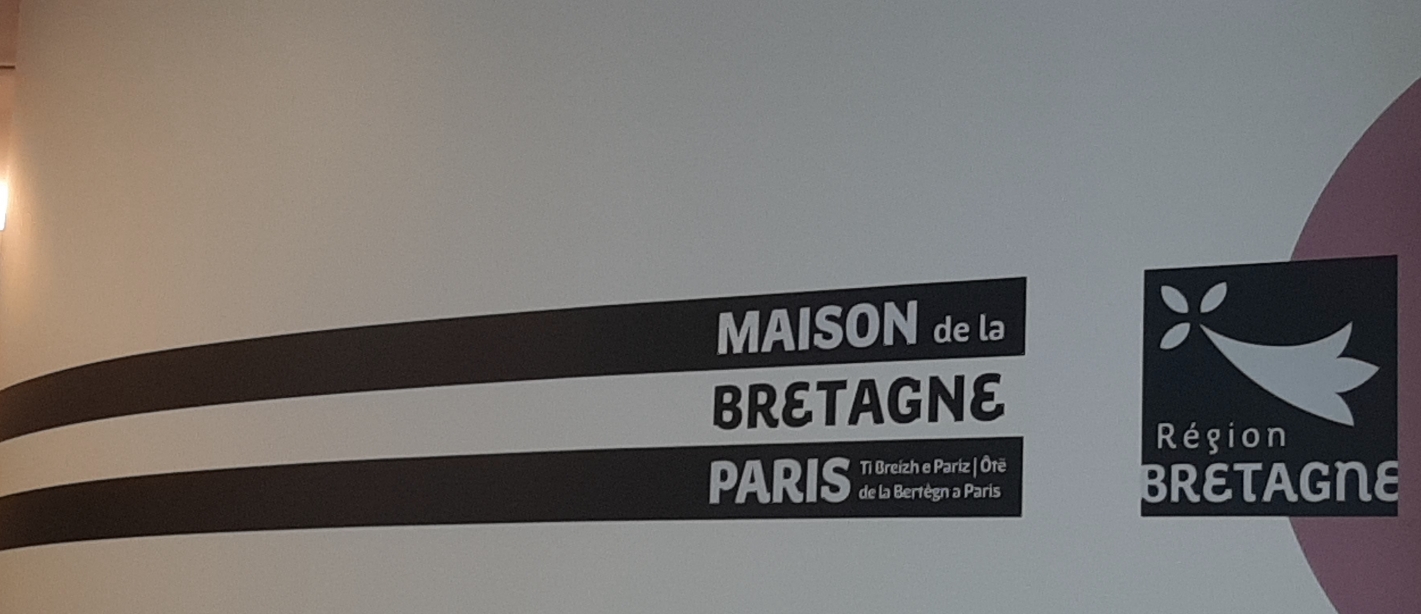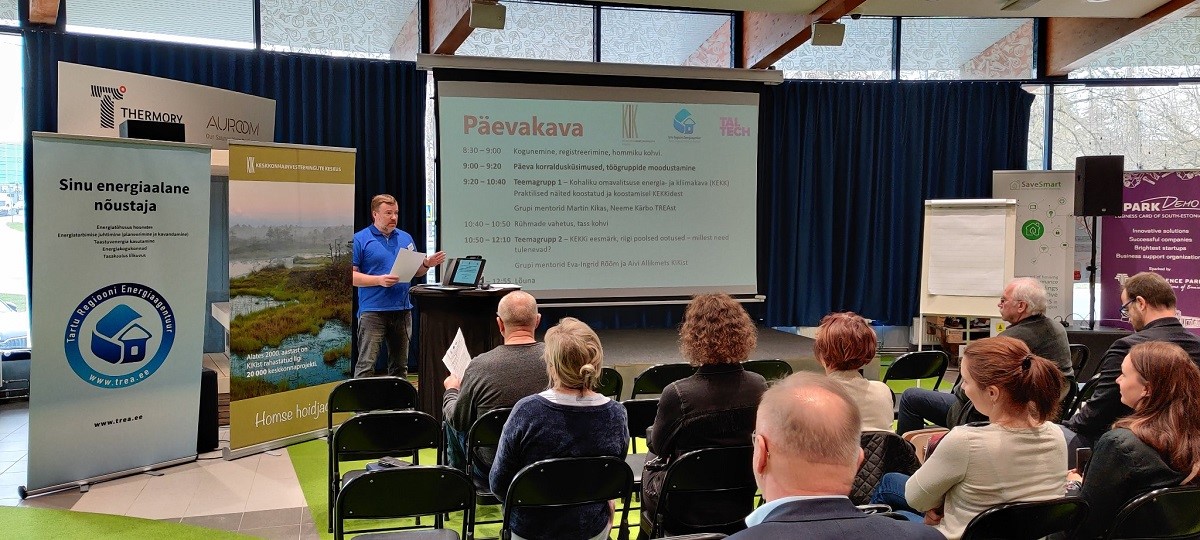Interreg POTEnT project brings together eight partners from different European countries, supported by an advisory partner. Between them, there are 3 Energy Agencies. Let’s get to know better how each one of these important institutions work, along with its projects and goals. This is ESS Energikontor Sydost, the Energy Agency for Southeast Sweden.
What is the role of an Energy Agency in energy transition?
An Energy Agency (EA) is an independent organisation that can support authorities, companies and citizens with advice and knowledge on all aspects of the transition away from fossil fuels. An EA can act as an intermediator, connecting different type of organisations that normally don’t work together. An EA can also support authorities in raising awareness of regional goals and initiate actions that supports the goals.
What does “energy transition” mean for your region? What is the current status and what are the future goals?
As most regions, the main challenge is to replace fossil fuels. In our region, Southeast of Sweden, the use of fossils is close linked to transportation. Electrification of the transport sector will be the main action, but also regional biofuels such as biogas, green hydrogen and fuels from forest waste will play a role. Increased need for electricity will however create a need for more renewable production, mainly wind power. The region only produces 20% of the electricity used, but the potential for regional production is huge and this will be utilized in the coming decades.
How you as Energy Agency are facilitating energy transition in your region? Do you have any example of projects already implemented in cooperation with cities?
The EA of Southeast Sweden has been active for more than 20 years (funded in 1999) and, during these years, a large number of projects have been run.

Projects have been in the following areas: energy efficiency for buildings and industry; higher share of renewable energy; sustainable transportation.
Examples of projects are:
· READY, a Smart City project that has shown a potential of reducing energy consumption with 50% for multifamily houses in Växjö.
· Co2mmunity, an Interreg BSR project focusing on community energy. In Sweden target group has been housing cooperatives and solar PVs.
· KOSAVA, an ERDF funded project that has implemented concrete actions for reducing inner city freight transports in a number of Swedish municipalities.
What are your objectives within POTEnT? Have you already identified some concrete project you would like to study and transfer in your region?
The region has a goal to become a “plus energy county” before 2050. This means that all energy consumed shall be from renewable sources and produced within the region.
Beside fossil fuels a majority of the electricity consumed is imported as well as biofuels. Actions will focus on added production, but also actions related to reduce/replace fossil fuels and energy efficiency will be supported. Also, actions that increase awareness and knowledge among SMEs and pave the way for innovations and regional development will be performed. At this stage three priority areas have been identified: hydrogen, robust electrical grid and energy districts (industrial and residential areas).







